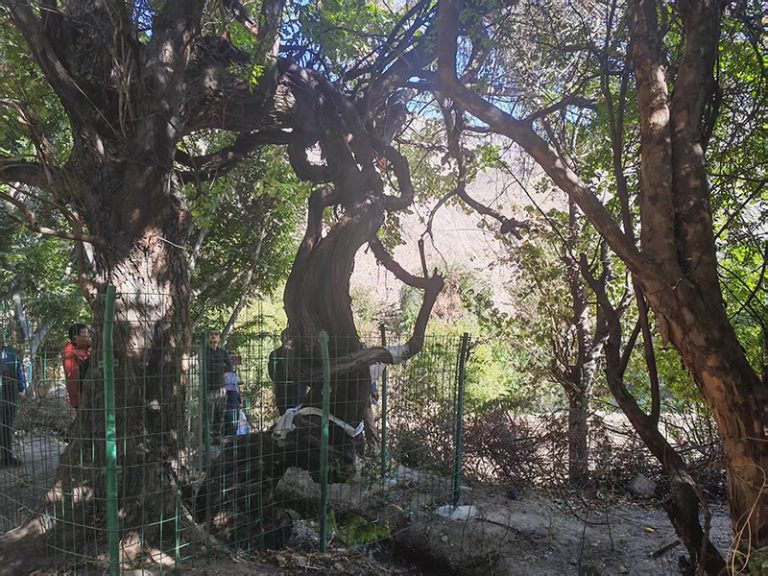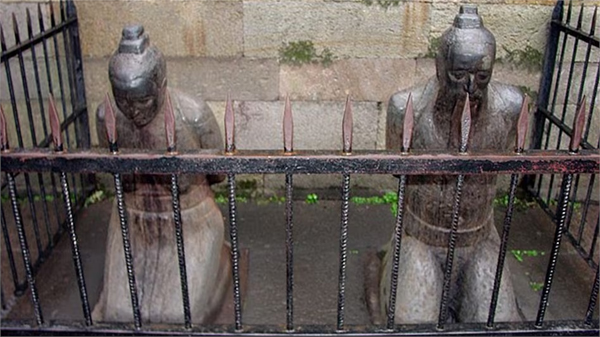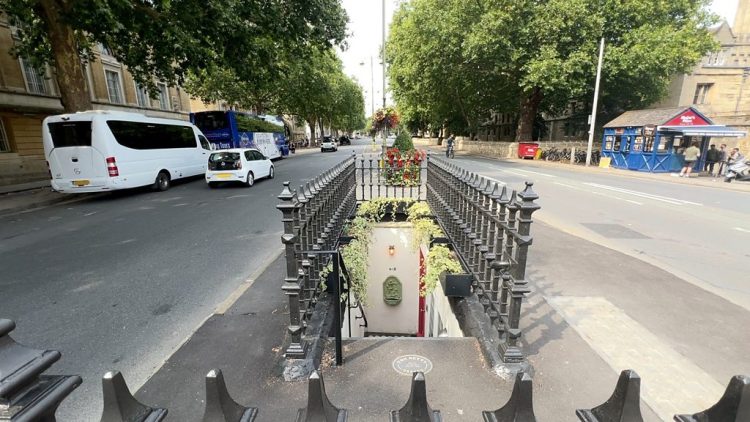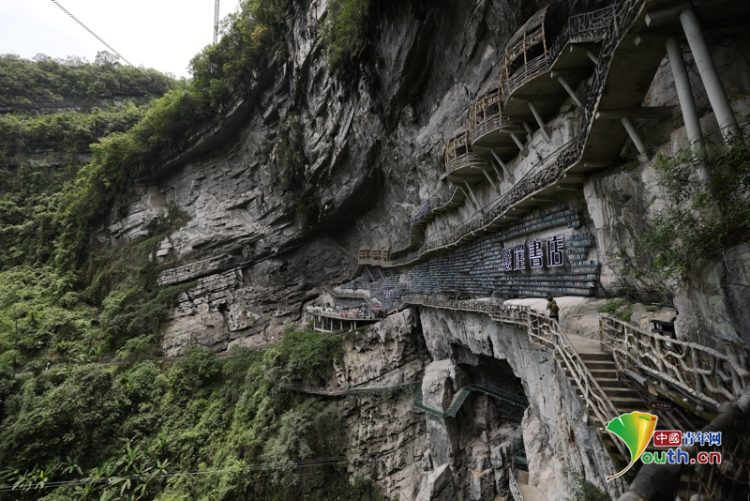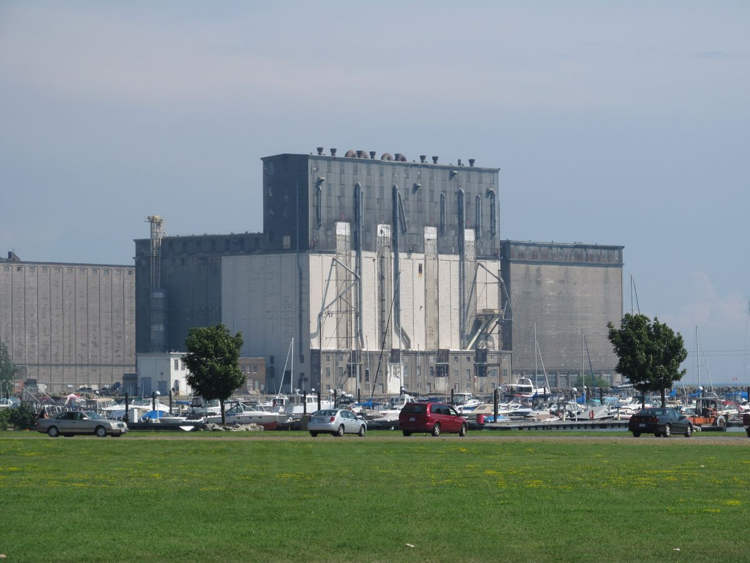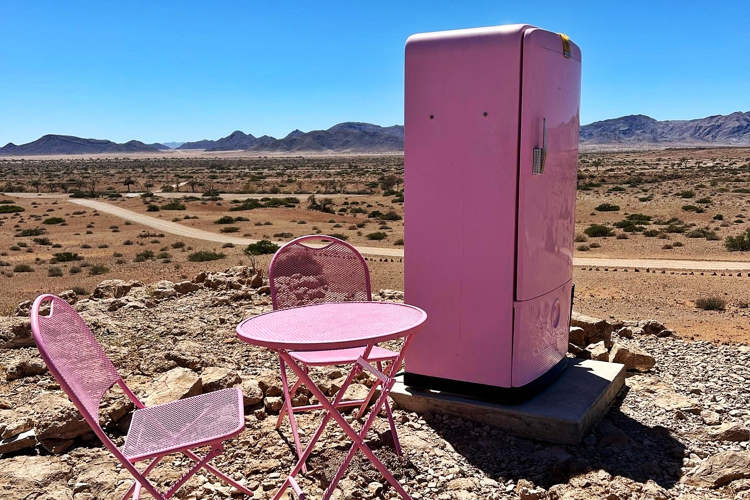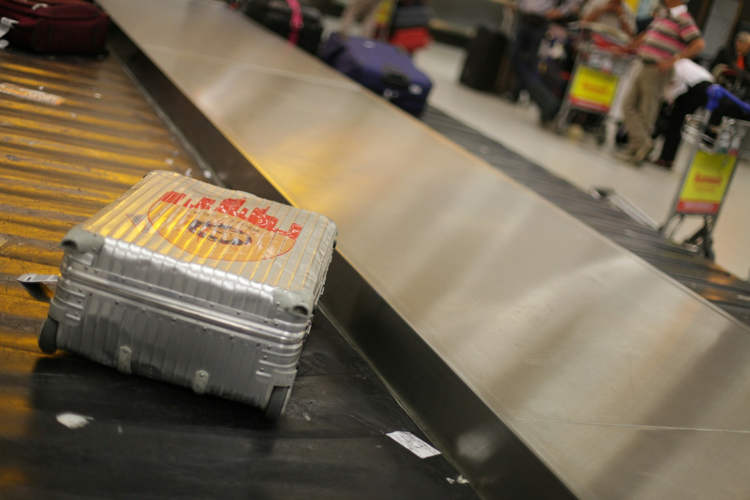Monte Testaccio, an artificial mound in Rome composed almost entirely of broken pottery, might be the largest trash heap in the ancient world.
At first glance, Monte Testaccio looks like an ordinary greenery-covered mound, the likes of which can be found all over the world. But underneath all that shrubbery and the thin layer of dirt that supports it lies the largest pile of discarded pottery in the history of the ancient world. Covering an area of 2 hectares and with a volume of approximately 580,000 cubic meters, Monte Testaccio consists almost exclusively of millions of broken ancient pottery containers known as amphorae. It is estimated that this man-made mound consists of 53 million amphorae, which would make it the largest trash heap in the ancient world.
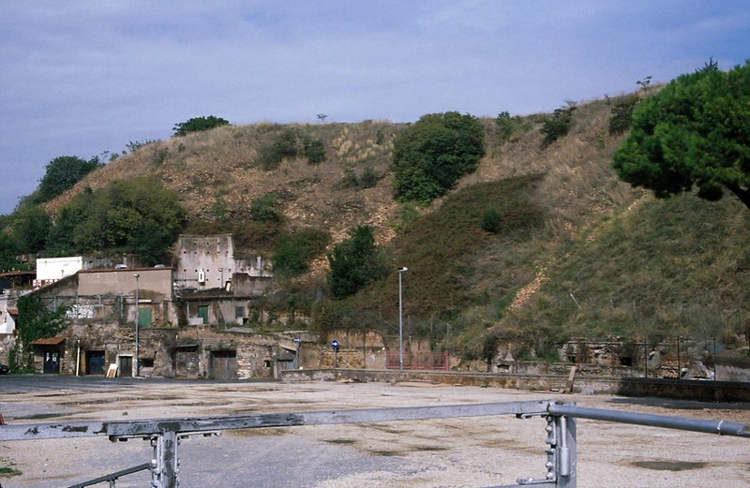
Photo: Tyler Bell/Flickr
Monte Testaccio is located close to the east bank of the River Tiber, where Rome’s state-controlled olive oil supply was stored in the 2nd century AD. It consists of the millions of amphorae that were used to haul massive amounts of olive oil to the capital of the Roman Empire in ancient times. The mound is considered a symbol of the importance of olive oil in ancient Rome, with the 53 million amphorae piled up in it believed to have been used to import around 6 billion liters of oil.
Although it’s easy to view Monte Testaccio as a huge pile of randomly discarded amphorae, archaeological evidence proves that that is not the case. Excavations carried out in the early 1990s revealed a well-thought-out terraced system with retaining walls made of nearly intact amphorae filled with smaller pieces of pottery to keep them in place. Also, lime appears to have been poured over the debris to neutralize the smell of rancid oil.
One of the questions that have been puzzling historians and archaeologists for decades is why the Romans chose to discard millions of amphorae y piling them up into a huge mound. Broken amphorae were usually recycled as drain pipes, flower pots, or broken down into small pieces to be used as an ingredient for a type of concrete known as opus signinum.
Experts have several reasons to believe that the types of amphorae that make up the bulk of Monte Testaccio, known as Dressel 20, were particularly hard to recycle because they broke into large curved fragments that could not be turned into smaller shards. Using the fragments as ingredients for concrete was also impractical because the pottery absorbed oil and the chemical reaction of the oil with lime made the resulting concrete unsatisfactory. For these reasons, the Romans may have considered discarding the broken amphorae as the best solution.
Once a glorified trash heap, Monte Testaccio played several roles through the centuries. It played a critical part in the defense of Rome by Giuseppe Garibaldi against the French army, was used as the hill of Golgotha in passion plays, and as a picnicking spot. Today, it lies abandoned, but definitely not forgotten.



